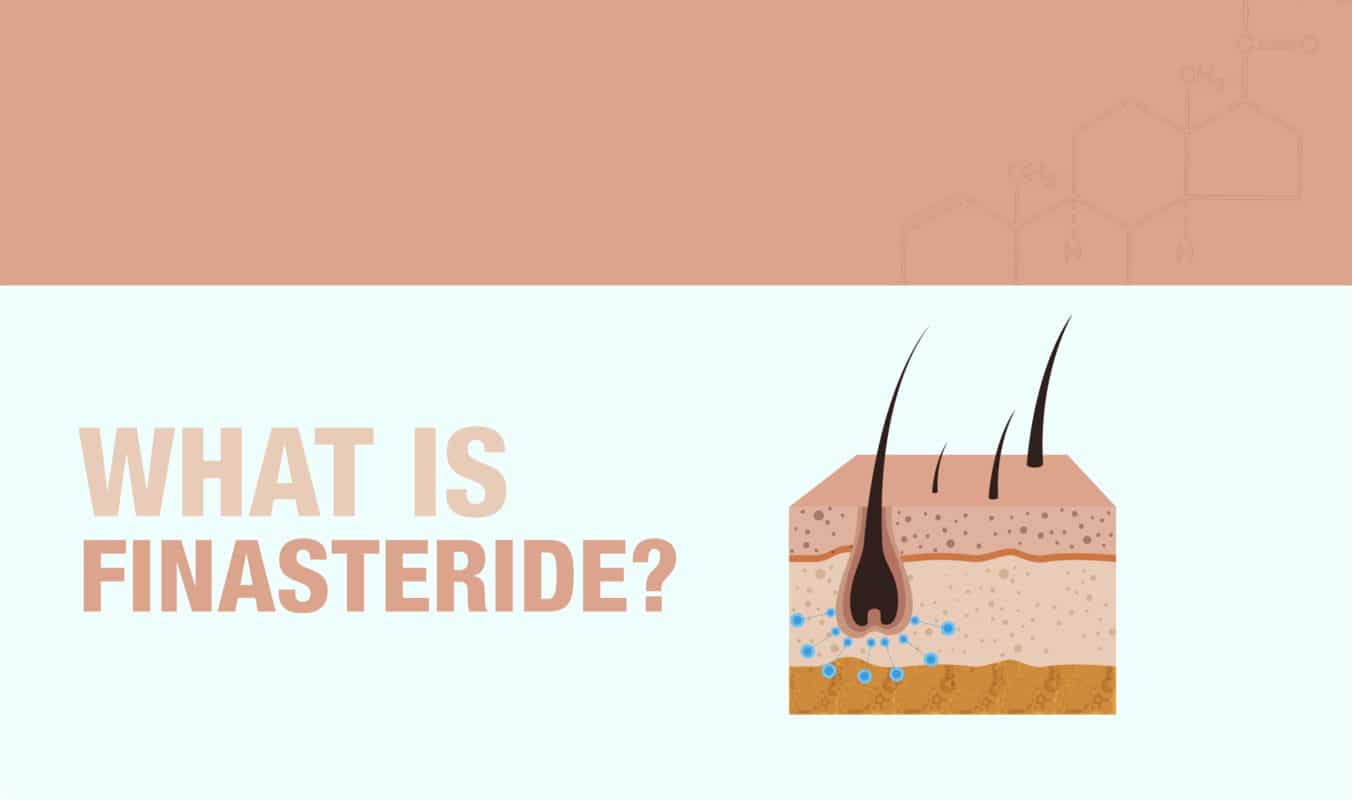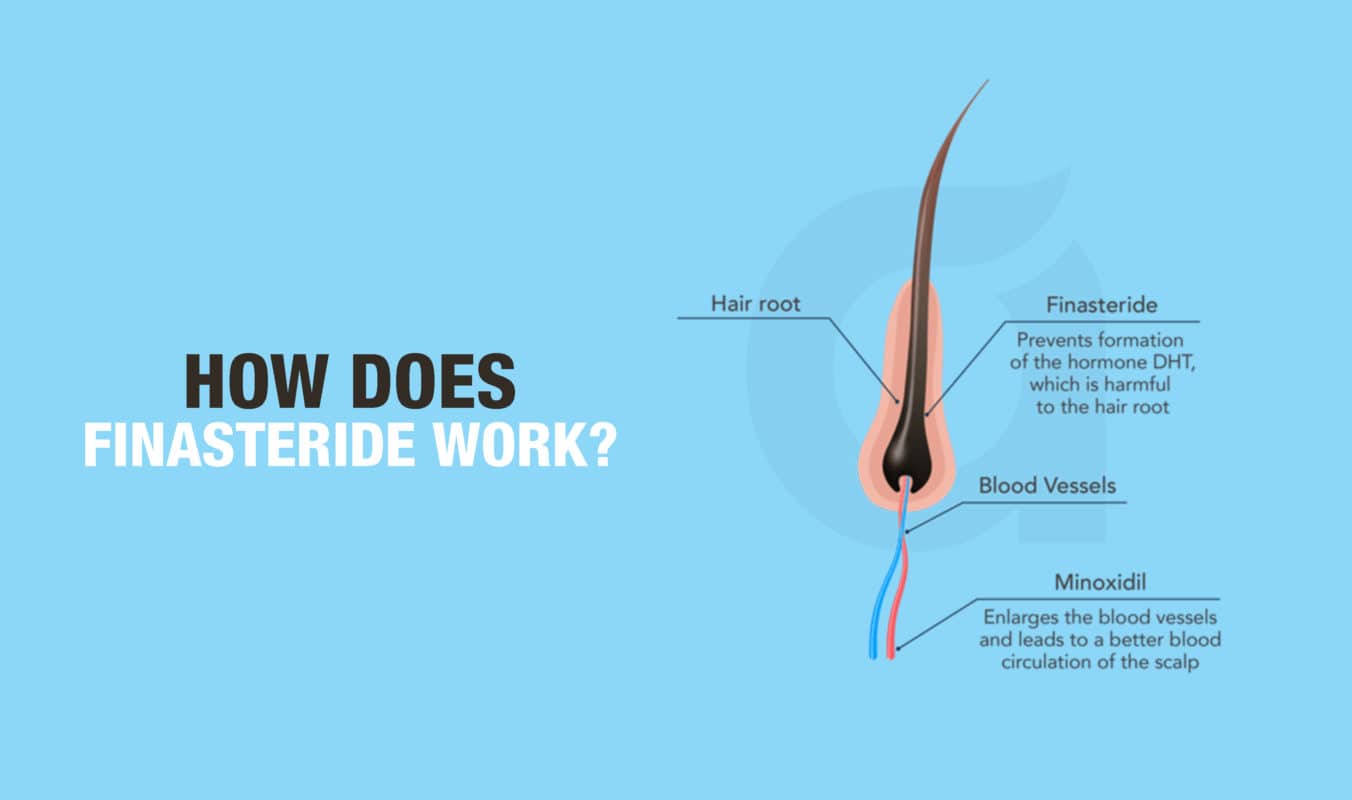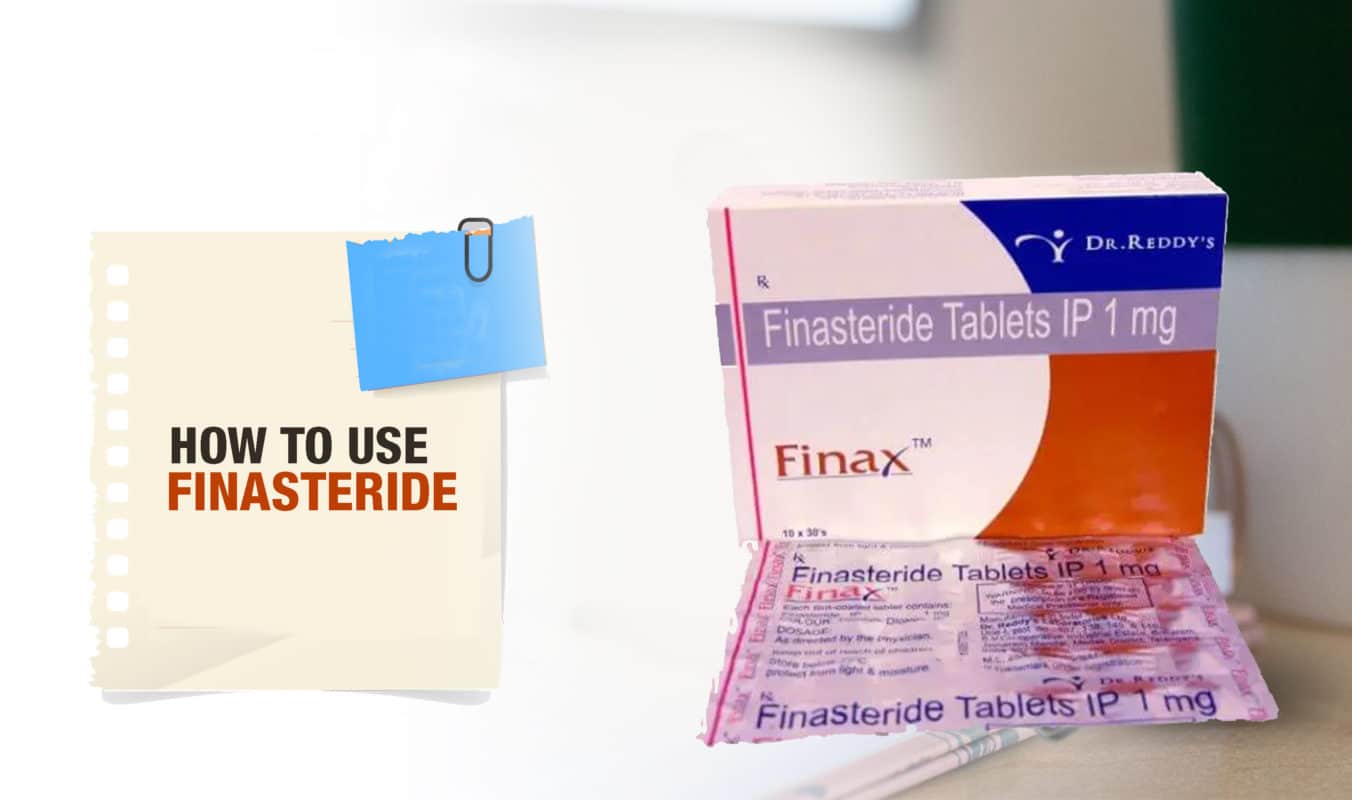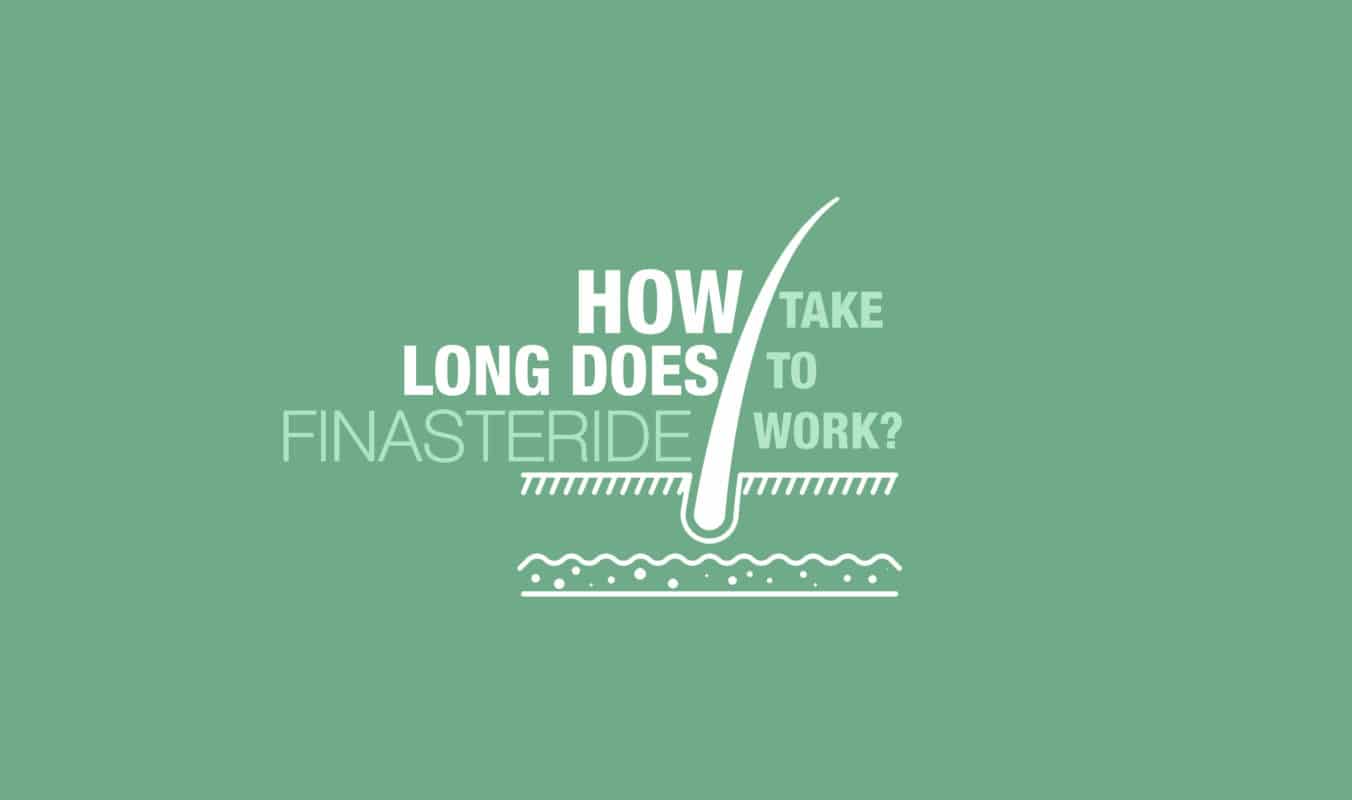Maximizing Finasteride Results: Tips for Successful Treatment

Anyone who has been dealing with hair fall must have come across the name Finasteride. It is the most widely prescribed medication for the treatment of hair loss. Used alone or in combination with other medications, Finasteride slows down the rate of hair loss, stops it altogether, or, for some people, reverses baldness. The Finasteride success stories can be found all over the internet. Although it was originally used for the treatment of benign prostatic hypertrophy, after studying the effects of this medication in men, it was found that the rate of hair loss slows down. This side effect led to the introduction of Finasteride as the solution for male pattern baldness.
Table of Contents
What is Finasteride?

Finasteride is a generic medication for the treatment of hair loss in men with a condition known as androgenic alopecia. It has the same active ingredient as that of the widely popular branded treatment option Propecia and is equally as effective. Finasteride became highly popular as the generic, cost-effective treatment option after the Propecia success stories.
Finasteride belongs to the class of 5-alpha reductase inhibitors and was initially formulated for the treatment of benign prostatic hypertrophy to treat the enlarged prostate and provide relief from its symptoms. BPH is a condition where a naturally occurring enzyme in the body known as 5-alpha-reductase converts the hormone testosterone to androgen dihydrotestosterone (DHT). The action of DHT results in the enlargement of the prostate gland and also causes the hair follicles to shrink.
How Does Finasteride Work

Finasteride is a 5-alpha-reductase inhibitor and obstructs the action of 5-alpha-reductase enzymes.[1] Without its action, testosterone is not converted to androgen dihydrotestosterone (DHT). Elevated DHT levels are associated with the loss of hair. When it is dissuaded from increasing, hair loss due to male pattern baldness or androgenic alopecia can be avoided.
How To Use Finasteride?

Finasteride is available in a tablet form intended for oral consumption daily once, with or without food. It is accessible in two strengths – 1 mg and 5 mg. Usually, a 1mg form, such as Finax 1mg or Finpecia 1mg, is prescribed for the treatment of male pattern baldness. The 5mg form containing tablets such as Finast 5mg or Fincar 5mg are prescribed when 1 mg doesn’t work effectively for your condition.
- It is suggested to take the pill around the same time every day to maintain a steady level of Finasteride in the body.
- Abide by the directions accompanying the tablets or any additional instructions from your doctor.
- Continue to complete your suggested treatment plan, even if you feel your condition has improved.
- Do not take more or less than the prescribed dosage or discontinue the medication without discussing it with your doctor first.
How Effective is Finasteride?
The studies point towards the effectiveness of Finasteride for stopping the loss of hair and promoting regrowth as well.[2] The study incorporated the use of Finasteride 1mg per day which resulted in the prevention of hair loss and improvement in hair growth within a year in 48 percent of participants and 66 percent within two years. According to the study, 83 percent of the participants did not indicate any signs of further hair loss.
Can Finasteride Regrow Hair As Well?

The role of Finasteride has already been established in stopping or slowing down the rate of hair loss, but it has also been found proficient in boosting hair regrowth. The users share that their hair grew back thicker and stronger. A study explains that in men who were undergoing treatment for male pattern baldness, Finasteride resulted in enhancement of average hair with continued use for two years.[3] Another study shows that with the use of Finasteride, more than 90 percent of men encountered progress in hair growth.[4]
How Long Does Finasteride Take To Work?

Finasteride is not a magical potion to fix all your hair-related problems overnight, but it does work gradually. You would be able to observe the improvement around three to six months from the start of the treatment. It may take even longer in some people, as the effect of medications varies depending on the user’s unique body chemistry.
To observe the exact extent of Finasteride efficacy, wait for the first 12 months of the treatment. Clinical trial data show that most men benefit from Finasteride’s use after a year of continuous use. An increase in the shedding of hair has been noted by some Finasteride users in the first few months of usage, which should stop within three to six months. However, if you feel shedding persists, consult your doctor for suggestions about your treatment plan.
Are Finasteride Results Similar For Everyone?
Finasteride can be used by any man who is over 18 years of age.[5] Even though the Finasteride success rate is quite high as per the user feedback, it is important to note that everyone will react differently to the same medication. It may not be as effective for rare cases or circumstances as it is usually reported. For instance, Finasteride’s effectiveness may be absent in the areas of complete hair loss.
Moreover, Finasteride is unlikely to show positive outcomes when the root cause of hair loss is something other than androgenic alopecia. The hair falls in cases of stress, any illness, treatments such as chemotherapy, unhealthy lifestyles, etc., are usually temporary and cannot be relieved with the help of Finasteride.
What Alternatives Are Available?
The other popular medications available for the treatment of male pattern baldness are listed below. However, Finasteride is considered one of the most effective, in terms of both the final results and costs, treatment options for the control & reversing of hair loss.
Minoxidil:
Minoxidil is available in the form of orally consumable Minoxidil tablets or a topical application lotion. It exhibits promising results for preventing hair loss. Minoxidil works locally to target the growth cycle of hair to improve growth and also stimulates the flow of blood to the scalp tissue, which brings along the nutrients to improve hair growth.
Research shows that nearly 94 percent of men experienced an improvement in hair loss and regrowth with the combined use of Finasteride and Minoxidil.[6]
Dutasteride:
Dutasteride is a 5-alpha-reductase inhibitor that works similarly to Finasteride. Dutasteride works to prevent the production of dihydrotestosterone from testosterone. It works effectively for people who don’t respond to the treatment with Finasteride.[7]
Does Finasteride Work For Hair Loss In Women?

A study conducted in pre-and post-menopausal women suffering from hair loss indicated that Finasteride may be effective.[8] However, because of the side effects and possible adverse effects on the fetus, it should be administered selectively in women who do not hope to get pregnant and in women who didn’t benefit from the use of Minoxidil.
Read Here’s How Finasteride Works for Women with Hair Loss for further information regarding the use of Finasteride by women.
Is Finasteride Well Tolerated?
As mentioned earlier, how one person reacts to medication will differ from how someone else reacts. Usually, Finasteride is tolerated well, but a few people may experience side effects.[9]
- Allergic Reactions – itching, hives, rash, swelling of the lips, throat, and face, or difficulty swallowing or breathing
- Breast enlargement and pain
- Lumps in breasts
- Decreased libido
- Pain in the testicles
- Erectile dysfunction – unable to have or maintain an erection
- Lowered amount of ejaculated fluid
- Depression.
If you feel the symptoms do not resolve on their own or worsen over time, seek immediate medical assistance. Check-in with your doctor if you feel any discomfort that is not listed and concerns you.
What Can You Do For Healthy Hair?

Even though male pattern baldness is a genetic problem, improving your lifestyle can supplement your treatment with Finasteride.
- Stress, in general, can worsen hair fall, so whenever life seems bothersome, take care of yourself. Adjust your work habits, and prioritize your mental health to acquire peace and tranquility.
- Eating an adequate amount of whole grains, lean protein, fruits, and vegetables will provide your hair with bountiful nutrients to promote growth. Consume a balanced diet with an adequate supply of essential nutrients, including biotin, zinc, iron, and protein.
- The toxins in cigarette smoke damage the hair follicles. Therefore, if you smoke, it would be better to quit it.
- Limit the exposure to harmful chemicals that hair care products contain. Read the labels carefully, and choose the products that are free from sulfates and are formulated for the prevention of hair loss.
The Final Thought
The user’s experience and results of the research studies provide a substantial amount of data to determine how effective Finasteride is for controlling hair loss because of male pattern baldness and the promotion of hair growth. The efficacy of this cost-effective treatment option can be supplemented by combining it with other treatment options like Minoxidil and improving your lifestyle as well. To gain benefits from the Finasteride treatment, patience, and diligent usage are the keys.
As they say, “Invest in your hair, it is the crown you never take off.”
Frequently Asked Questions
1. How to use Finasteride for male pattern baldness?
- The orally administrable Finasteride tablet should be taken once daily or as instructed by your doctor. For the most effective results, take the tablet around the same time every day to maintain the levels of Finasteride in the body.
2. Does Finasteride regrow hair?
- Yes. Apart from slowing down the hair fall or stopping it altogether, Finasteride has been shown to work effectively for the regrowth of hair.
3. Is Finasteride as effective as Propecia?
- Finasteride tablets are in generic form, while Propecia is in a branded version. Both contain the same active ingredient with the same concentration. They are equally effective in their work.
4. Are there any side effects associated with the use of the Finasteride tablet?
- Although Finasteride is well tolerated by the majority of people, a small set of users may experience side effects such as lowering of libido, depression, pain in the testes, or erectile dysfunction.
5. Does the combination of Finasteride-Minoxidil result in better hair loss control?
- Yes. Apart from slowing down the hair fall or stopping it altogether, Finasteride has been shown to work effectively for the regrowth of hair.
3. Is Finasteride as effective as Propecia?
- Finasteride tablets are in generic form, while Propecia is in a branded version. Both contain the same active ingredient with the same concentration. They are equally effective in their work.
4. Are there any side effects associated with the use of the Finasteride tablet?
- Although Finasteride is well tolerated by the majority of people, a small set of users may experience side effects such as lowering of libido, depression, pain in the testes, or erectile dysfunction.
5. Does the combination of Finasteride-Minoxidil result in better hair loss control?
- Although Finasteride is well tolerated by the majority of people, a small set of users may experience side effects such as lowering of libido, depression, pain in the testes, or erectile dysfunction.
5. Does the combination of Finasteride-Minoxidil result in better hair loss control?
References
- Steiner JF. Finasteride: a 5 alpha-reductase inhibitor. Clin Pharm. 1993 Jan;12(1):15-23. PMID: 7679063. https://pubmed.ncbi.nlm.nih.gov/7679063/
- McClellan KJ, Markham A. Finasteride: a review of its use in male pattern hair loss. Drugs. 1999 Jan;57(1):111-26. doi: 10.2165/00003495-199957010-00014. PMID: 9951956. https://pubmed.ncbi.nlm.nih.gov/9951956/
- Kaufman KD, Olsen EA, Whiting D, Savin R, DeVillez R, Bergfeld W, Price VH, Van Neste D, Roberts JL, Hordinsky M, Shapiro J, Binkowitz B, Gormley GJ. Finasteride in the treatment of men with androgenetic alopecia. Finasteride Male Pattern Hair Loss Study Group. J Am Acad Dermatol. 1998 Oct;39(4 Pt 1):578-89. doi: 10.1016/s0190-9622(98)70007-6. PMID: 9777765. https://pubmed.ncbi.nlm.nih.gov/9777765/
- https://www.researchgate.net/publication/337105943_Long-term_10-year_efficacy_of_finasteride_in_523_Japanese_men_with_androgenetic_alopecia/fulltext/5dc561f8299bf1a47b2101ab/Long-term-10-year-efficacy-of-finasteride-in-523-Japanese-men-with-androgenetic-alopecia.pdf?origin=publication_detail
- Finasteride NHS choices. NHS. https://www.nhs.uk/medicines/finasteride/
- Hu, R. et al. (2015) “Combined treatment with oral finasteride and topical minoxidil in male androgenetic alopecia: A randomized and comparative study in Chinese patients,” Dermatologic Therapy, 28(5), pp. 303–308. https://doi.org/10.1111/dth.12246
- Jung JY, Yeon JH, Choi JW, Kwon SH, Kim BJ, Youn SW, Park KC, Huh CH. Effect of dutasteride 0.5 mg/d in men with androgenetic alopecia recalcitrant to finasteride. Int J Dermatol. 2014 Nov;53(11):1351-7. doi: 10.1111/ijd.12060. Epub 2014 Jun 5. PMID: 24898559. https://pubmed.ncbi.nlm.nih.gov/24898559/
- Won YY, Lew BL, Sim WY. Clinical efficacy of oral administration of finasteride at a dose of 2.5 mg/day in women with female pattern hair loss. Dermatol Ther. 2018 Mar;31(2):e12588. doi: 10.1111/dth.12588. Epub 2018 Feb 20. PMID: 29464847. https://pubmed.ncbi.nlm.nih.gov/29464847/
- Reference ID: 3610418 – food and drug administration https://www.accessdata.fda.gov/drugsatfda_docs/label/2014/020788s024lbl.pdf
- Chandrashekar BS, Nandhini T, Vasanth V, Sriram R, Navale S. Topical minoxidil fortified with finasteride: An account of maintenance of hair density after replacing oral finasteride. Indian Dermatol Online J. 2015 Jan-Feb;6(1):17-20. doi: 10.4103/2229-5178.148925. PMID: 25657911; PMCID: PMC4314881.https://www.ncbi.nlm.nih.gov/pmc/articles/PMC4314881/
Disclaimer
HisBlue is not a substitute for professional medical care or advice from your doctor. The health information on the HisBlue website is general and provided for your information only. We have ensured our content is accurate and current, with reviews by expert doctors. However, we cannot guarantee its accuracy or timeliness. This information is not meant to replace the diagnosis, treatment, or judgement of your doctor or another qualified healthcare provider.


